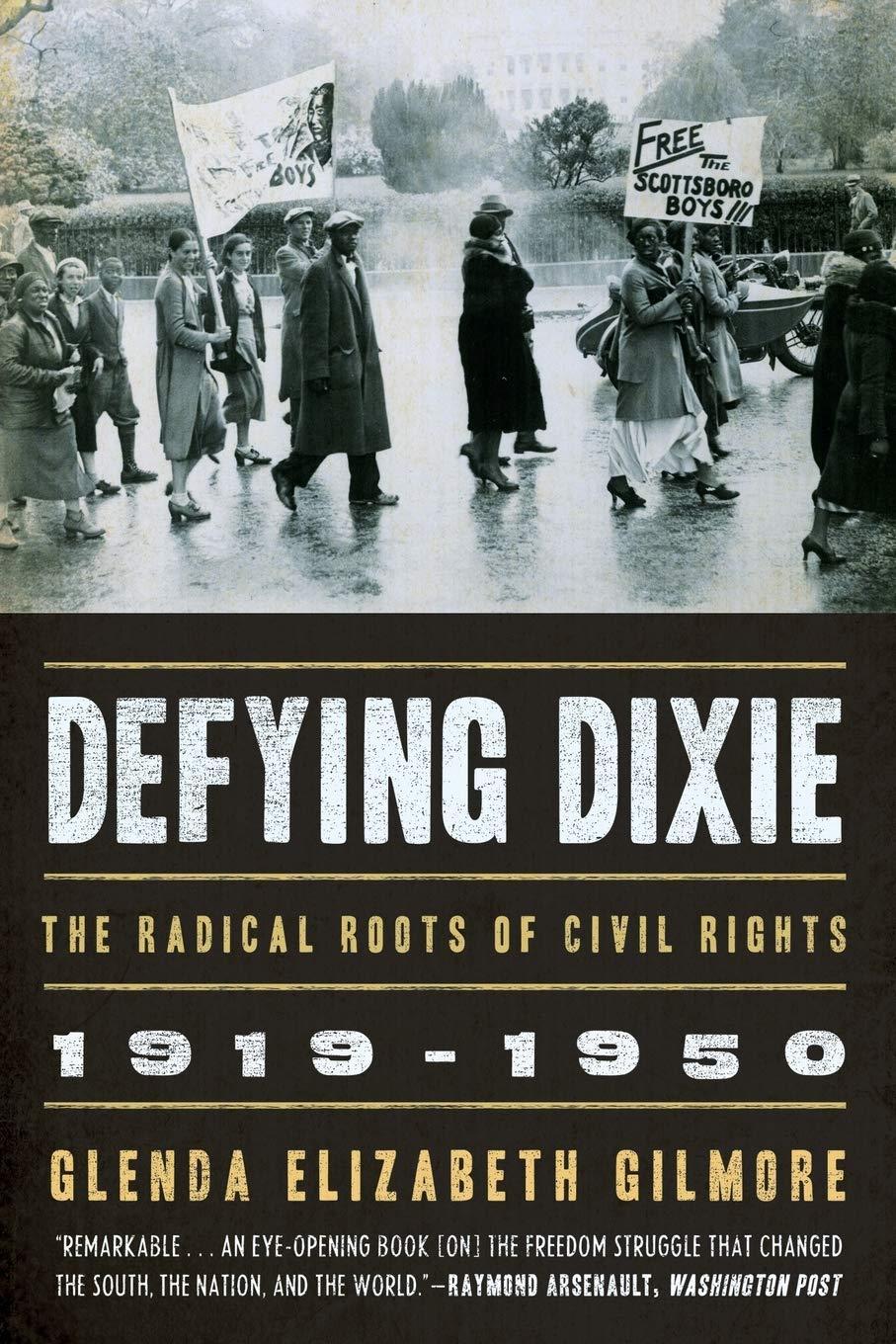Robert Greene II
You and fellow historian Jacquelyn Dowd Hall have pushed for the idea of a “long Civil Rights Movement.” Why do you think this idea is important when thinking about the history of black freedom struggles in the United States?
Glenda Gilmore
Hall cochaired my dissertation committee, and she encouraged students to see history from the ground up, to explore power dynamics through labor history, and to accord agency and influence to those who pursued causes that some historians might see as lost. The existing historical literature named the period from roughly 1954 to 1966 the Civil Rights Movement, yet it was clear that African Americans had fought for rights since the Civil War. To discount those longer struggles casts the fight as arising spontaneously and limits its scope.
The century-long civil rights movement was always about more than eliminating segregation and getting voting rights, the two major accomplishments of the 1950s and 1960s. Looking at the Civil Rights Movement as short, successful, and led by male clerics, persuades Americans that the nation’s racial problems were shallow, and pious men easily settled them.
Perhaps most consequentially, limiting civil rights to that short period prevents us from understanding the pervasiveness of racial discrimination and the deep roots of racialized capitalism. Economic justice and structural change of the social and political system, long-standing goals of African Americans since Reconstruction, remain on the present agenda.
Robert Greene II
There is a strong undercurrent of transnational solidarity of left-wing movements throughout the book. But you start by talking about the global currents of white supremacy and fascism that also crossed borders in the 1920s and 1930s.
Glenda Gilmore
The Southern system of white supremacy that stood until the 1950s had many fascist elements, although, by 1940, most white Southerners would have denied the similarities. However, in the 1920s and 1930s, many of them embraced eugenics and routinely spoke of “white supremacy” as the natural order of things. Many supported the terrorism of the lynch mob.
At first, the global rise of fascism gave them an encouraging model, but by the mid-1930s it became a comparison to argue that the South’s system of racial oppression was more benign.
